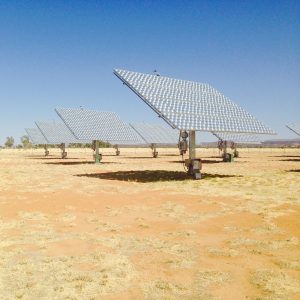
The report also confirms that renewable sources of electricity have been resilient during the Covid-19 crisis and we are set for strong growth to 2030.
In their chapter on the outlook of electricity, it states that electricity demand growth in India outpaces other regions to 2030, after which growth is most pronounced in Southeast Asia and Africa. China sees the largest absolute increase in demand, accounting for over 40% of the global growth to 2030. Electricity demand growth globally outpaces all other fuels. Electricity meets 21% of global final energy consumption by 2030.
It also says that Solar PV has become the new king of electricity supply and looks set for massive expansion. From 2020 to 2030, solar PV will grow by an estimated average of 13% per year, meeting almost one-third of electricity demand growth over the period.
Global solar PV deployment exceeds pre-crisis levels by 2021 and sets new records each year after 2022 thanks to widely available resources, declining costs and policy support in over 130 countries. Our analysis of solar PV financing costs indicates that, despite monetary policy measures, the weighted average cost of capital edged up in 2020 after years of going down. Even so, policy support frameworks enable very low financing costs, making new solar PV more cost effective than coal- and gas-fired power in many countries today, including in the largest markets (United States, European Union, China and India). For projects with low cost financing that tap high quality resources, solar PV is now the cheapest source of electricity in history.
Global coal-fired generation recovers from an 8% drop in 2020, but never returns to its 2018 peak. Coal’s share of global electricity generation falls to 28% in 2030 in the STEPS, down from 37% in 2019 and 35% in 2020. Challenging market conditions contribute to 275 GW of coal-fired capacity retirements by 2025 (13% of the 2019 total), including 100 GW in the United States and 75 GW in the European Union, where 16 out of 27 EU member states aim to phase out all unabated coal. However, global coal retirements are nearly offset by new additions through to 2025, with 130 GW of capacity under construction, mostly in China, India and Southeast Asia. As a result, global CO2 emissions from the power sector edge above 13 Gt by 2024 and stabilise to 2030 but never return to pre-crisis levels. However, emissions fall by 38% from 2020 to 2030 in the Sustainable Development Scenario.
The SDS sets out a possible pathway for a very ambitious transformation of the energy sector which incorporates full implementation of existing net-zero pledges for 2050 and earlier. The Net Zero Emissions by 2050 (NZE2050) case, explored in detail for the first time in this Outlook, sets out what additional measures would be required over the next ten years to put the world as a whole on track for net-zero emissions by mid-century. Achieving this goal would involve a significant further acceleration in the deployment of clean energy technologies together with wide ranging behavioural changes. To read the report in full click here.
SmartConsult have delivered more than 150 commercial solar projects Australia-wide. To request a proposal for your business click here or call 1300 344 388.


